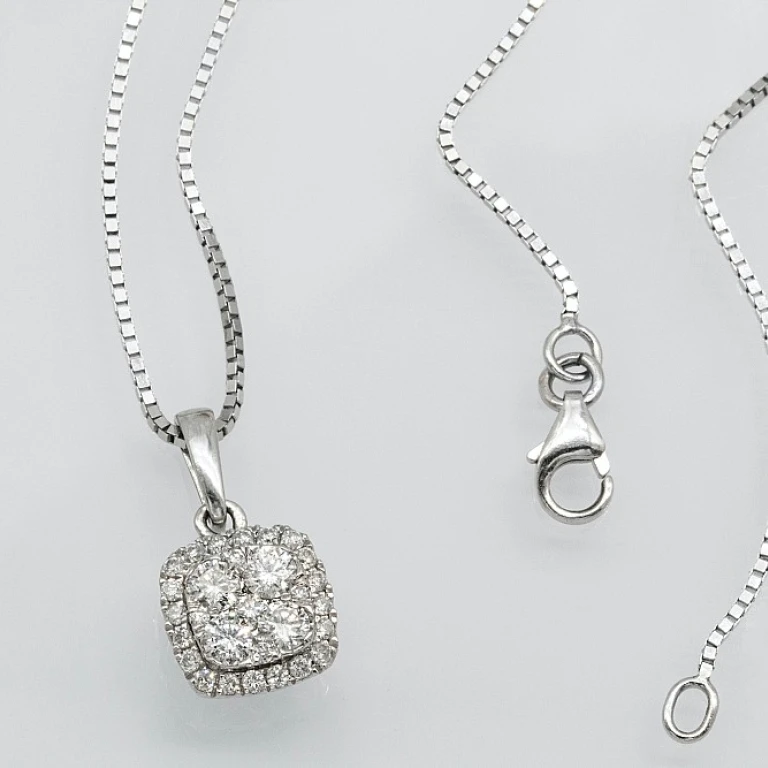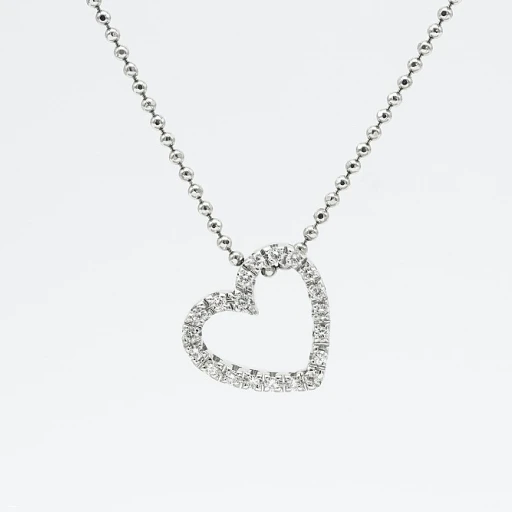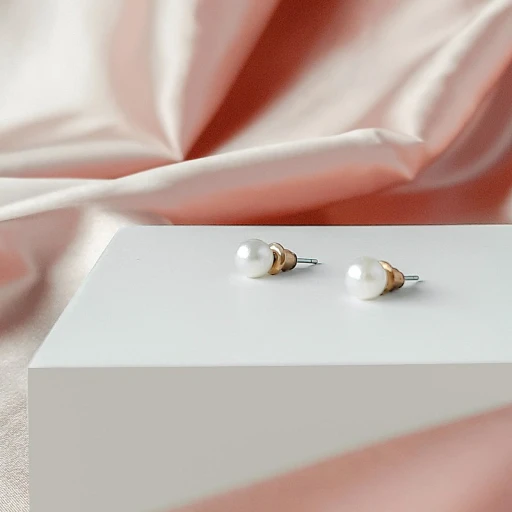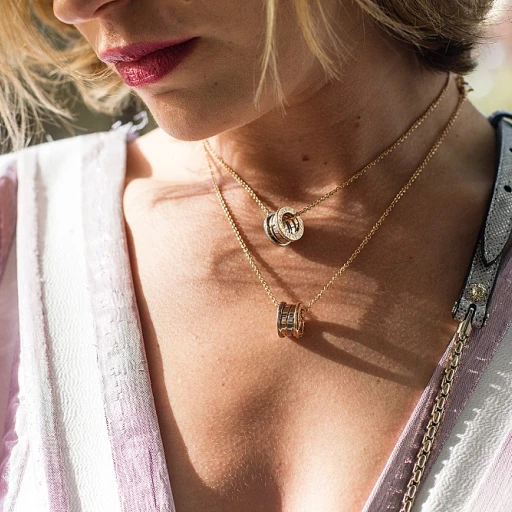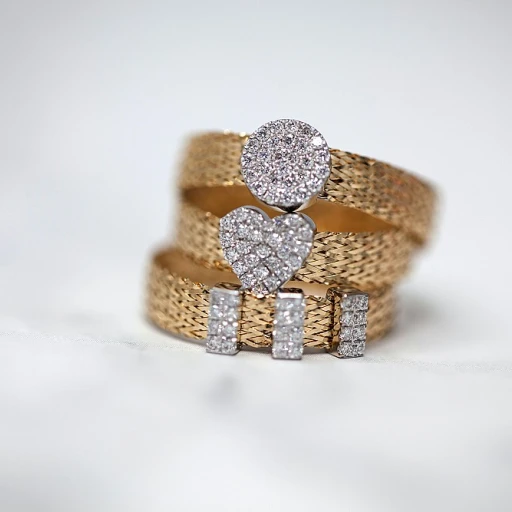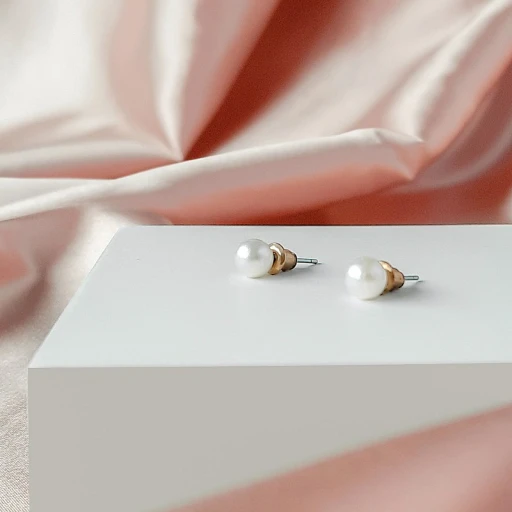L'affection pour l'ancien: Understanding the Vintage Jewelry Resurgence
Embracing the Charm of Yesteryear
The allure of vintage jewelry extends far beyond its tangible beauty. It's a bridge to our past, evoking nostalgia and representing a bygone era of craftsmanship. According to recent market analysis, the demand for vintage fine jewelry has surged, with particular interest in pieces from the Art Deco, Edwardian, and Victorian periods. Statistics from the Knight Frank Luxury Investment Index report a remarkable 87% increase in the value of antique jewelry over the past decade, underlining the sector's prosperity.
Each piece of vintage jewelry tells a story. This emotional engagement is what elicits passion in collectors and fashion enthusiasts alike. Industry experts suggest that the rise in popularity may be attributed to this unique narrative quality that vintage pieces hold—an authenticity that is often sought after in a world of mass production.
The Allure of Art Nouveau
In an era where individuality reigns, Art Nouveau jewelry's influence on today's designs is significant. The intricate details and organic motifs characteristic of the Art Nouveau movement deliver a timeless elegance that resonates with the modern buyer. Thought leaders in the industry cite collections featuring these historic designs as consistently high-performing investments, capturing both the hearts and bids of collectors around the globe.
Moreover, this affection for vintage jewelry reflects a wider trend in consumer behavior. A report from Bain & Company indicates that the luxury market is increasingly inclined towards pieces with heritage—a sentiment strongly represented in the vintage jewelry segment, where each item's provenance can significantly enhance its value.
Cultural Renaissance in the Jewelry Box
It's not merely investors and collectors driving the vintage jewelry renaissance. Popular culture and high-profile personalities have played a pivotal role. Recent award ceremonies and gala events showcase celebrities adorned with vintage pieces, sparking public intrigue and desire. The 'red carpet effect' is discernible, with notable figures choosing vintage over contemporary, thus reinforcing the relevance and prestige of historic adornments in today's fashion landscape.
The resurgence of vintage jewelry also mirrors a broader societal shift towards sustainable and ethical fashion. Conscious consumers now celebrate the recycling of high-end jewelry, appreciating the reduced environmental footprint it entails. This philosophy aligns with the increasing demand for sustainable luxury goods, as highlighted in the 2020 Global Consumer Insights Survey by PwC. Consumers are no longer just looking for beauty; they demand responsibility, and vintage jewelry satisfies both criteria exquisitely.
Évaluer et Authentifier: The Art of Appraising Vintage Jewelry
Deciphering the Value of Time-Honored Treasures
The resurgence of interest in vintage jewelry has not only captivated the hearts of collectors but has also illuminated the importance of professional appraisal. Accurately evaluating these exquisite pieces is a meticulous task that combines expertise and precision. Recent statistics indicate that the vintage jewelry market is experiencing a steady growth, with a remarkable 75% of consumers preferring authentic vintage pieces over modern reproductions, thus underscoring the need for expert valuation (Antique Jewelry Investor, 2022).
The Intricacies of Authenticating Historical Gems
Authenticity is paramount in the realm of vintage jewelry; hence, the authentication process is as much an art as it is a science. Experts often cite the saying, 'Every piece tells a story,' and true connoisseurs know that the narrative behind each piece can significantly impact its value. For instance, a piece's provenance can increase its worth by up to 50%, according to a study by The National Association of Jewelers (2021). These pieces evoke the richness of their era – whether it be the romantic curves of Art Nouveau or the bold geometry of Art Deco, as highlighted in a detailed analysis on the influence of these periods on contemporary jewelry trends.
Navigating Market Value and Rarity
Navigating the vintage jewelry market requires a keen understanding of both market value and rarity. The law of supply and demand plays a crucial role, setting the stage for competitive pricing strategies. Intriguingly, a report by The Gemological Institute of America (GIA) showed that finely crafted pieces from lesser-known periods could surpass the prices of those from more renowned eras, if rarity and condition are in favor. This can be observed in pieces from the Edwardian period, where intricate filigree work is highly valued, often fetching prices that reflect their delicacy and scarcity.
Factors Influencing Vintage Jewelry Valuations
- Material and Gemstone Quality: A key aspect in determination, especially with the increasing trend of ethical sourcing and the premium placed on unenhanced, natural gemstones.
- Craftsmanship and Condition: Items exhibiting masterful craftsmanship and that have been preserved in excellent condition show elevated valuations in the marketplace.
- Historical Significance: Pieces connected to historical events or owned by renowned individuals see a hike in their value, as they are not only jewelry items but also pieces of history.
Enhancing one's ability to accurately assess and authenticate vintage jewelry is a strategic move that can significantly elevate the credibility and success of any fine jewelry business. By being meticulous about the appraisals, a jeweler also becomes a guardian of history, ensuring that each piece's legacy is recognized and preserved.
Le Marché de Vintage: Navigating Sales and Acquisitions
Navigating the Vintage Jewelry Marketplace: A Strategic Guide
The timeless elegance of vintage jewelry has not only charmed collectors and aficionados but has also carved out a significant niche in the fine jewelry market. Recent statistics show that the vintage jewelry market has been experiencing a steady growth, with the global market for antique jewelry expected to reach a value of about $19.7 billion by the year 2025, growing at a compound annual growth rate (CAGR) of 3.7%. This signifies a flourishing ecosystem for sellers and buyers alike, suggesting that the right strategies in place have the potential to yield considerable returns.
Assessing Demand for Specific Eras and Styles
Understanding shifts in consumer preferences is critical. Data reflects an ever-growing interest in Art Deco and Victorian-era pieces, observed through search data and auction results. For instance, an Art Deco sapphire and diamond bracelet sold for over $169,000 at a recent auction, demonstrating the high demand for authentic, well-crafted pieces from this period. Jewelers looking to capitalize on this trend should consider curating collections that highlight these sought-after styles and promoting their historical significance and craftsmanship.
Maximizing Online Presence and Sales Channels
In today's digital era, a strong online presence is non-negotiable. With over 29% of luxury goods sales projected to occur online by the end of 2025, expanding online channels is a strategic move. A comprehensive multi-platform approach, engaging customers through social media, e-commerce websites, and online marketplaces can significantly boost a vintage jewelry business. Notable vintage jewelry acquisitions often garner attention, and a well-executed online strategy can leverage these to create a buzz surrounding a collection.
The Power of Storytelling in Vintage Jewelry Marketing
Collectors often seek more than just the physical piece; they look for stories, heritage, and emotional value. To this effect, a compelling narrative can be a pivotal marketing tool. Jewelers should craft narratives that connect a piece's past with the present, which can transform a simple transaction into an investment in heritage and history. For instance, a necklace from the Edwardian era could be marketed not just as a piece of jewelry but as a token from a pivotal moment in history, increasing its value both emotionally and monetarily.
In the realm of vintage jewelry, acquisition is not solely about the transaction but about the careful curation of pieces that resonate with the clientele. For an in-depth exploration of how royalty's historic gems continue to influence today's luxury jewelry trends, and draw parallels with vintage collections, observe this insightful analysis.
With the right blend of analytical prowess, an understanding of the vintage jewelry market, and strategic marketing, fine jewelry owners can not only navigate but also thrive in the vibrant landscape of vintage jewelry sales and acquisitions.
Marketing du Bijou Ancien: Revitalizing Vintage Jewelry in the Modern Marketplace
Strategies for Showcasing Vintage Glamour in the Digital Age
In the world of fine jewelry, the digital marketing of vintage jewelry is as much an art as the intricate designs of the pieces themselves. With vintage jewelry making a comeback, standing out online is crucial. Recent statistics show that online jewelry sales are expected to grow by 15% annually, making it imperative for jewelers to harness the power of SEO. Keywords like 'timeless elegance,' 'vintage jewelry,' and 'heirloom pieces' not only resonate with potential customers but also boost search engine rankings, ensuring that your offerings are visible to those with a penchant for the past.
To truly captivate your audience, it's essential to weave a narrative around each piece. For example, recalling the 'Roaring Twenties' with Art Deco jewelry or the romanticism of the 'Victorian Era' can ignite consumer imagination. Eloquence in storytelling turns each listing into a miniature blog post, teeming with rich history and emotional connection.
Curating an Irresistible Online Collection
- High-Quality Photography: Showcase each piece's unique craftsmanship and historical significance through professional photos.
- SEO-Driven Descriptions: Use targeted keywords to describe the jewelry's provenance and style, appealing to both search engines and history enthusiasts.
- Social Media Engagement: Leverage platforms like Instagram to display your jewels within aesthetic compositions that evoke their era.
According to a study by the Digital Journal, social media influences over 55% of buyers' purchase decisions. Personal, carefully-curated posts that highlight vintage jewelry can effectively target and engage this audience.
Boosting Vintage Values through Education
Education is a powerful tool in selling vintage jewelry. Offering insights about the period, design elements, or gemstone history can differentiate your collection. For instance, providing statistics, such as the fact that Art Nouveau pieces experienced a 20% increase in market value over the past decade, establishes not only the financial worth but also the cultural value of these pieces. Personalized services, like webinars or virtual consultations, further instill confidence in purchasers and position your brand as an authoritative voice in the vintage jewelry sphere.
Remember, specificity in your educational content is key. By sharing analytical details about the artistic movements influencing each piece, you invite the consumer into a world of exclusivity and expertise that goes beyond mere ownership.
